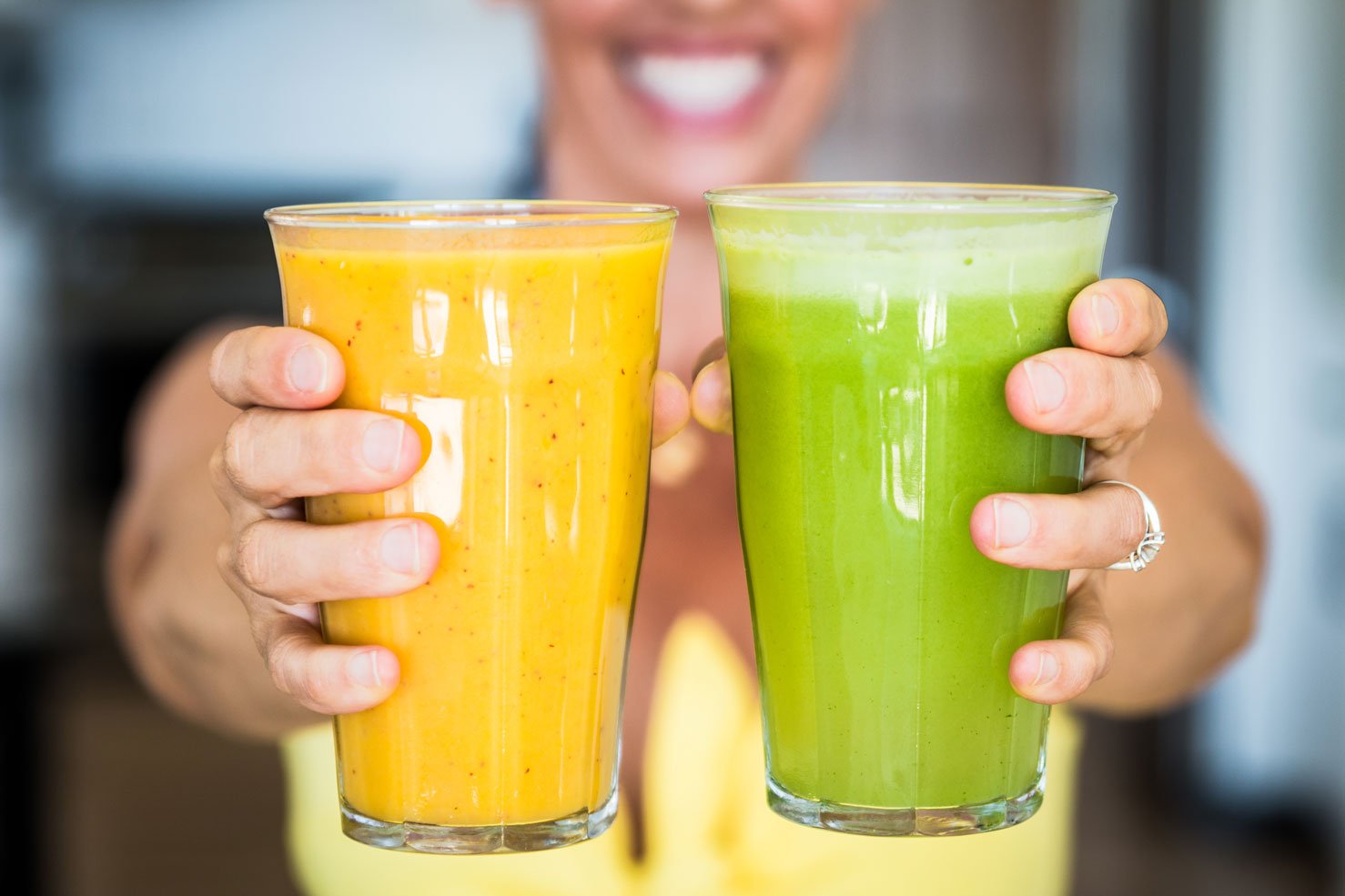
It's a well-established fact that fresh fruits and vegetables are good for health. Many studies show that including five or more servings of vegetables and fruits every day can significantly reduce the risk of stroke as well as cardiovascular disease.
Fruit and vegetable juices have antioxidants that may also have a vital role to play in delaying the onset of medical conditions like Alzheimer’s disease. In simple words, the more veggies and fruits you consume every day, the higher the health benefits.
However, not every individual can consume five or more servings of fruits and vegetables in a single day. It's where blending and juicing come in. The best way to make sure you get plenty of fresh vegetables and fruits into your system is to have them in smoothie or juice form. If you read online health forums, you will find there is quite a debate around the health benefits of these two methods.
But not everyone is exactly sure what the difference between the two is.
What's the Difference between Juicing and Blending?
Let's take a closer look at what these two processes involve and whether you need any specific type of kitchen appliances to make smoothies and juices.
In juicing, a juicer is used to separate the pulp or fiber from the vegetable or fruit. The end product is a concentered and relatively thin liquid that contains minerals, vitamins as well as other phytonutrients. These bioactive plant-derived compounds have distinct health benefits.
In blending, you put whole vegetables or fruits in the blender. You get a thick and smooth product that is higher in volume than juice made from the same quantities of fruits or veggies.
Which One's Better?
Some Details to Keep in View:
- Both blending and juicing have their pros and cons. In juicing, you get a highly nutrient-dense beverage in a far smaller quantity of liquid.
- If you need a diet with lower fiber content, then juicing might be a much better option for you.
- Know that when you consume juices, the portion sizes need to be smaller than blended beverages. Since they are a concentrated form of the fruits or vegetables, you will get too many calories from sugar if you consume them in larger quantities.
- Juicing can be more expensive as well, as you need more produce than while making a smoothie.
- Smoothies have all the fiber content of the produce you blend, which improves your digestive health and keeps you satiated for longer.
- You can get creative while blending smoothies. Adding ingredients like yogurt, seeds, and nuts is an excellent way to increase your intake of not just healthy fats but proteins too.
- Since smoothies are thicker, they tend to be more of an acquired taste.
Many modern-day people lead busy lives and don't have adequate time on hand to cook meals every day. Blending your fresh produce into smoothies is one of the best ways to increase your nutrient intake and use all the fresh veggies and fruits you buy.
Tips to Get Your Juicing and Blending Right
- Limit the amount of fruit in your smoothies and juices. You can add about one to two servings per drink to prevent excess sugar consumption.
- The flavors of green veggies like cabbage, parsley, kale, and spinach mellow down significantly when you blend them into juices or smoothies, so its ok to binge on those.
- Citrus juices (lime in particular) helps to cut out the bitter flavors of some vegetables.
- You can reduce the pulpiness of your smoothies by adding some coconut/regular water to them.
If you don't have the right appliances, try investing in a good quality juicer and blender. You will feel enthusiastic about making consuming juices and smoothies every day!
